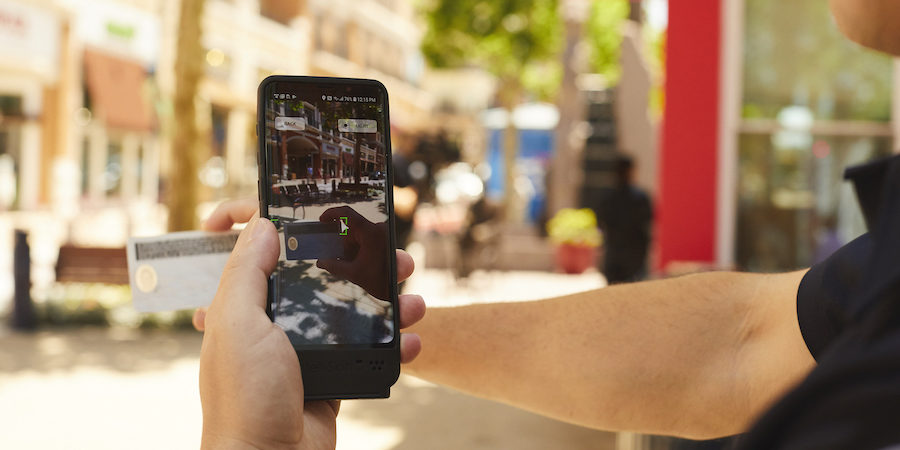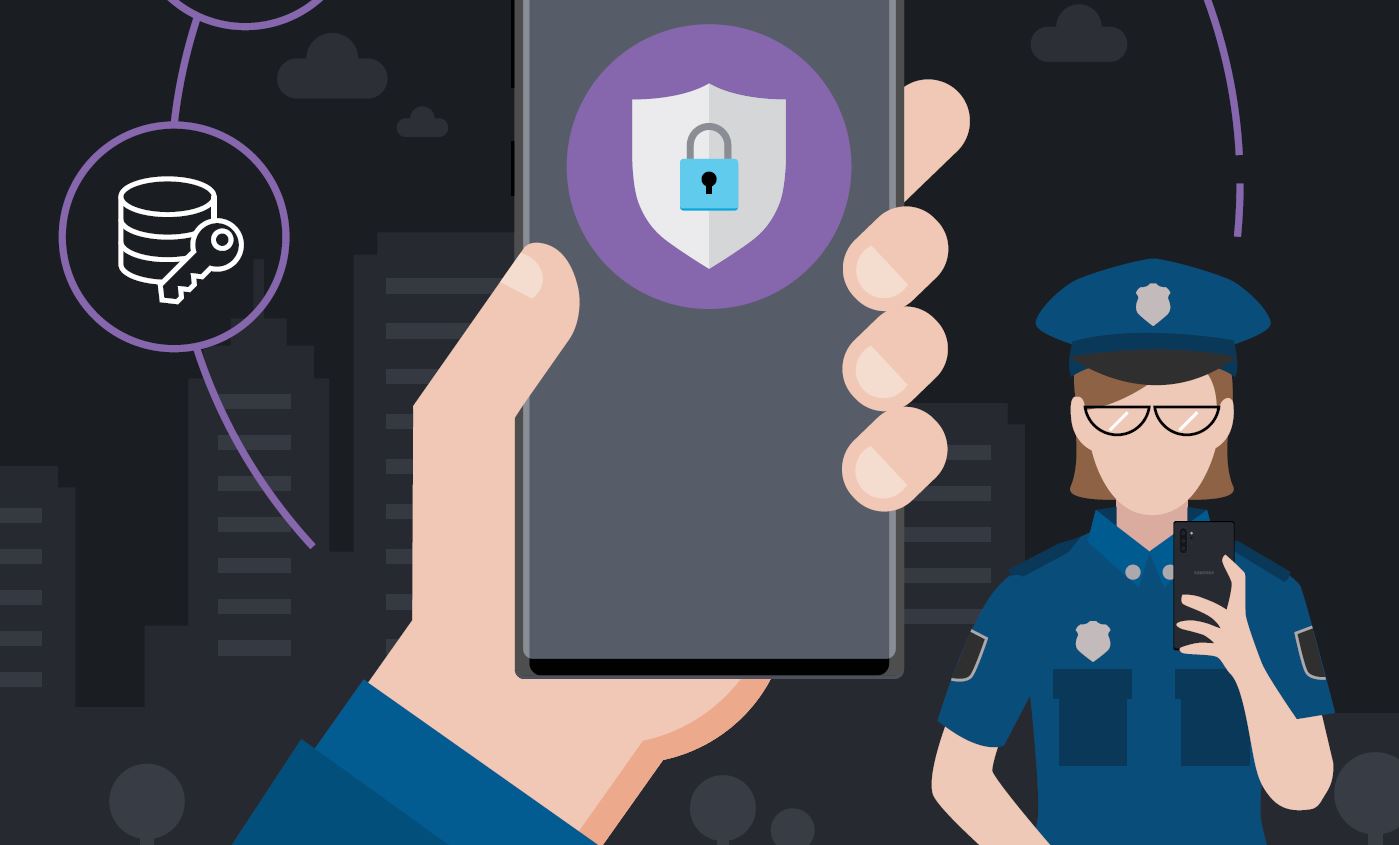Progressive law enforcement agencies are beginning to embrace smartphones for expanded uses, including computer-aided dispatch (CAD) and queries of criminal justice databases — regardless of assignment or proximity to a patrol vehicle. Officers can use their phones as standalone devices or docked to a keyboard and monitor in their vehicle, where it replaces the laptop computer.
Smartphones that are used to access criminal justice information (CJI) fall under the restrictions set forth by the FBI’s Criminal Justice Information Services (CJIS) Division. Law enforcement leaders have to come to terms with mobile device policies, starting with phone ownership and control. Letting officers use their personal smartphones for police business (known as Bring Your Own Device, or BYOD) is generally incompatible with CJIS requirements.
CJIS policy extends to everyone who queries, handles or stores CJI. When these actions take place on an authorized mobile device, CJIS policy requires advanced authentication. Mobile device management (MDM) is also required, and data — whether in transit or stored — must be encrypted.
Agencies must also comply with the protocol set by their respective state’s CJIS oversight entity, the CJIS Systems Agency (CSA). Noncompliance can result in denial of access to key information.
Where CJIS meets BYOD
Compliance with CJIS policy also mandates an additional layer of IT responsibility in device management and control. Smartphones handling CJI must utilize a CJIS-compliant multifactor authentication (MFA) process and enroll in an agency-controlled MDM capable of remotely locking or wiping a lost or compromised phone.
Achieve Mobile CJIS Compliance at Your Agency
Get expert, practical advice for your mobile deployment so you can be both connected and compliant. Download Now
Maintaining CJIS compliance in a BYOD environment can be cumbersome — and costly. BYOD is not advisable for law enforcement agencies that are expanding beyond the most basic uses of a smartphone. The most secure strategy is to use agency-issued mobile devices combined with a strong MDM infrastructure, providing maximum capability and utility while saving time and money in the long run.
From BYOD to agency-issued devices
If your agency is currently using a department-wide BYOD approach, there will likely be concerns about the costs associated with issuing smartphones to all officers. However, there are five mitigating factors to consider:
- Security and utility: For official business, officers will be more inclined to use a department-issued phone than a personal phone. Having a department-issued phone alleviates concern about the security of officers’ personal information. And smartphones’ sheer utility will improve efficiency through time savings and increased safety.
- Smooth scaling: You can easily scale your efforts, rolling out phones as budget allows and strategically targeting assignments or shifts where smartphones will provide the greatest return on investment (ROI). You’ll want to start with a small-scale pilot, as achieving CJIS compliance can be an IT-intensive effort. There will be challenges to work through, so the ability to test, evaluate and course-correct is invaluable. Once everything is working properly, you can begin scaling up.
- Cost savings: For most agencies, the “almost-latest” smartphone more than meets their needs — and is often available at a discounted price. Agencies purchasing smartphones for all their officers can also take advantage of business service plans using pooled data. All things considered, the cost of acquiring devices plus the carrier service plan is about equal to the stipend given to an employee under a BYOD policy. But remember that the phone’s cost should be secondary to the carrier’s coverage. A free phone is worthless if the carrier doesn’t provide acceptable coverage where you need it. Bottom line, do your due diligence. If a neighboring agency has a smartphone program, ask them for a recommendation. This will also give you a better idea of a benchmark price for going mobile.
- Better in-vehicle computing: An agency-wide smartphone deployment is an ideal foundation for leveraging innovations like Samsung DeX that improve connected officer capability. DeX eliminates the need for in-vehicle computers and provides other cost savings that support the move from BYOD to department-issued smartphones.
- Consistent communication: Issuing smartphones individually gives each department member a phone number that can stay with them for the duration of their tenure, improving overall agency communication efficiency.
Compliant mobile deployment
Today’s smartphones can support a wide range of police operations, and the more officers can accomplish with a single device, the more effective they will be. BYOD may be appropriate for baseline phone functionality, but it’s limiting, and the cost benefits diminish as security requirements accrue.
With a CJIS-compliant smartphone program, officers can access important information and make more informed decisions, strengthening their crime-fighting capabilities.
Download our comprehensive CJIS compliance guide, which provides practical advice for agencies deploying smartphones and tablets. And see how Samsung DeX can provide a powerful force multiplier to field personnel.









